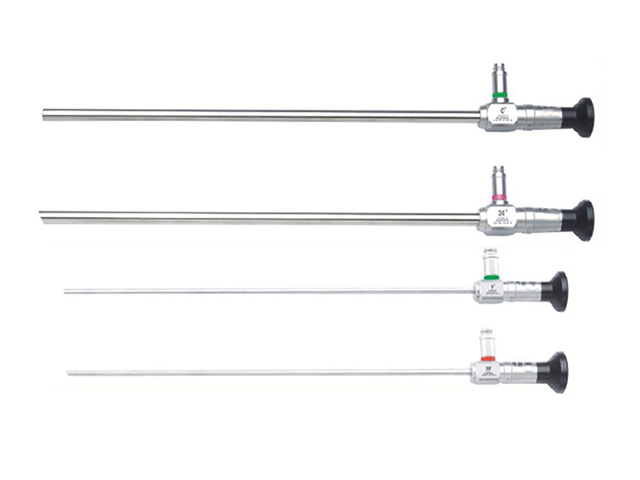
Endoscopes are medical instruments that are used to visualize the inside of the body, such as the digestive tract, lungs, bladder, or joints. They come in different types and designs depending on the area of the body they are intended to examine. Here are some common categories of endoscopes:
Gastrointestinal endoscopes: These are used to examine the digestive tract, including the esophagus, stomach, and intestines. Examples include esophagoscopes, gastroscopes, and colonoscopes.
Bronchoscopes: These are used to examine the airways in the lungs, including the trachea and bronchi.
Cystoscopes: These are used to examine the bladder and urinary tract.
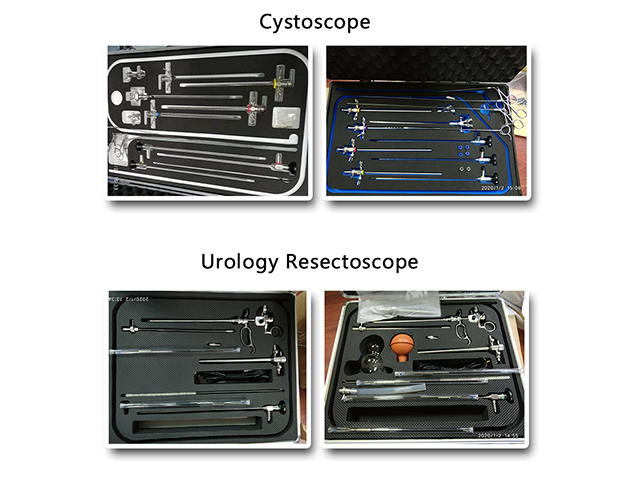
Arthroscopes: These are used to examine the inside of a joint, such as the knee, shoulder, or wrist.
Laparoscopes: These are used for minimally invasive surgery and allow surgeons to examine the abdominal cavity.
Neuroendoscopes: These are used to examine the brain and spinal cord.
Otoscopes: These are used to examine the ears and can be used to diagnose conditions such as ear infections or hearing loss.
Pharyngoscopes and laryngoscopes: These are used to examine the throat and vocal cords.
Enteroscopes: These are used to examine the small intestine, which is not accessible by traditional endoscopes.
There are also specialized endoscopes designed for specific purposes or procedures, such as hysteroscopes for examining the uterus or endobronchial ultrasound (EBUS) scopes for performing biopsies on lung tissue.


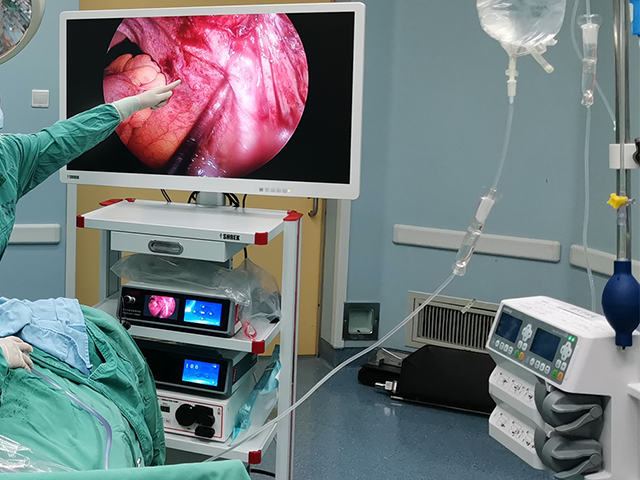
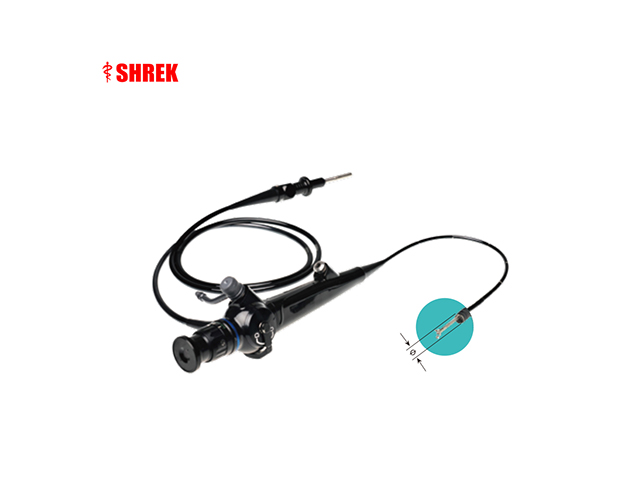
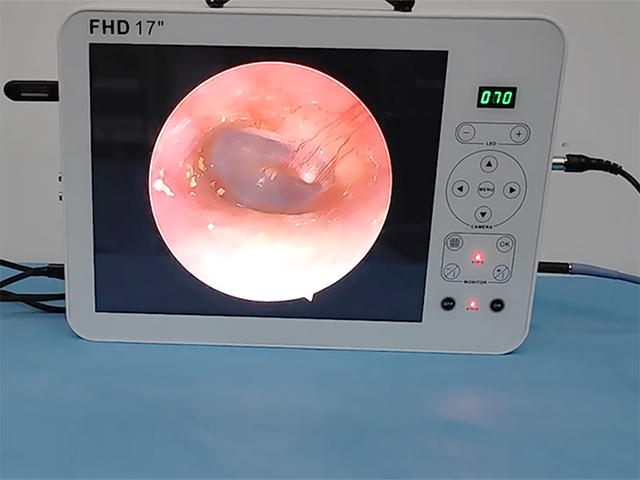
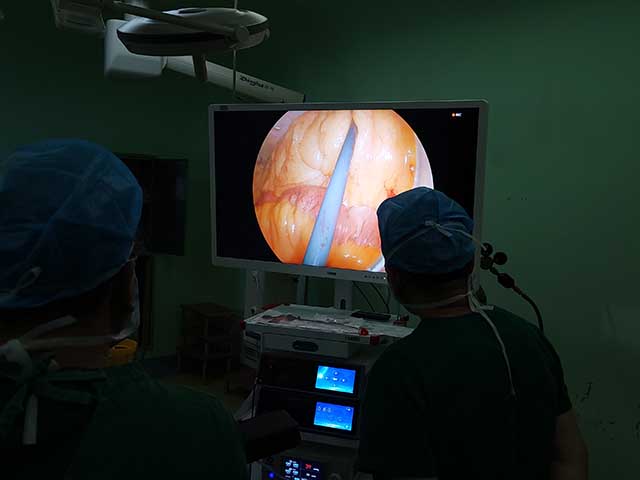
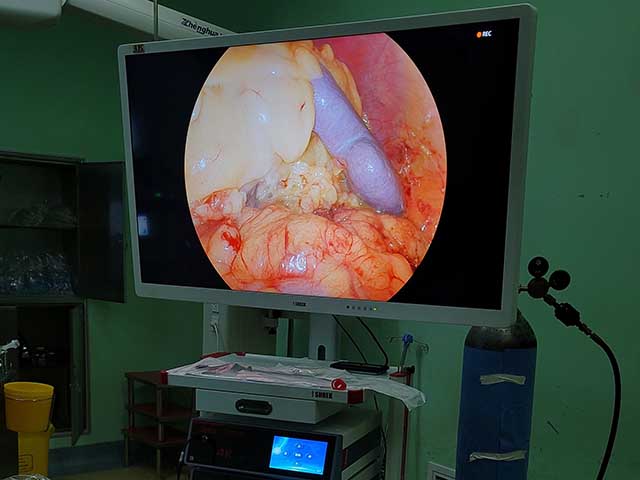

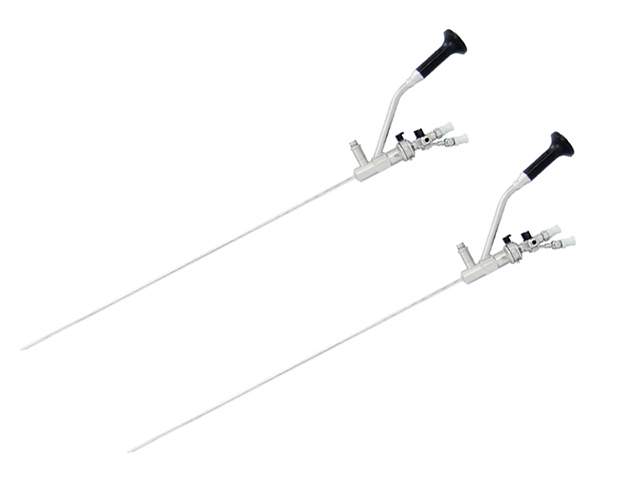
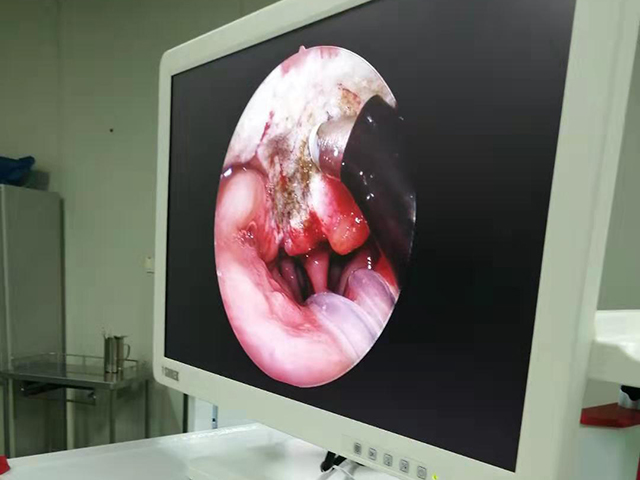
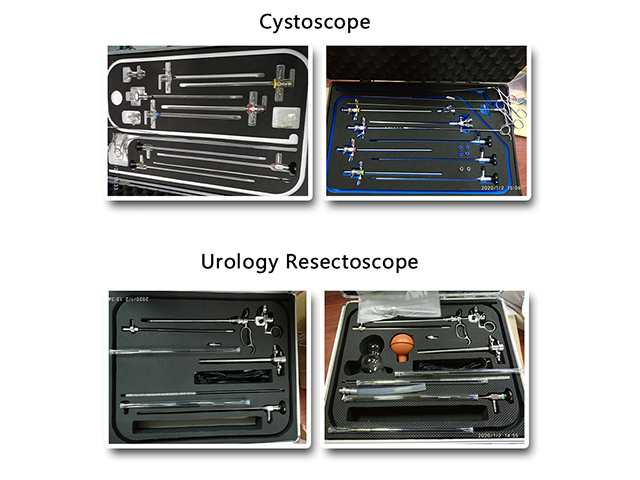
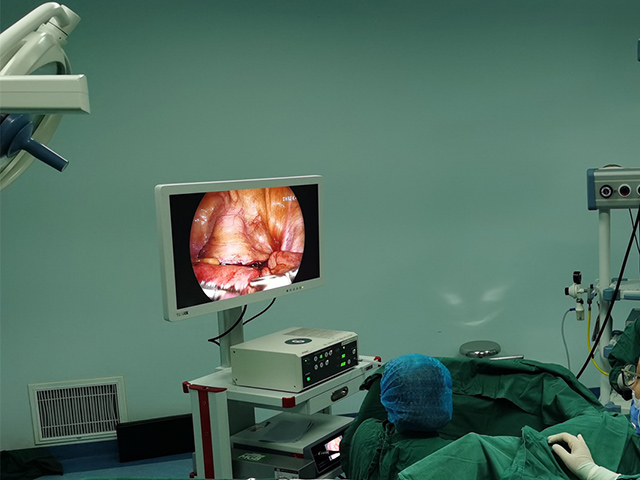
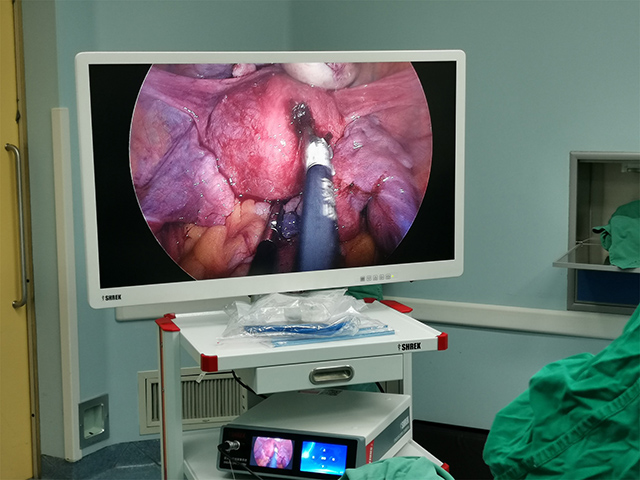
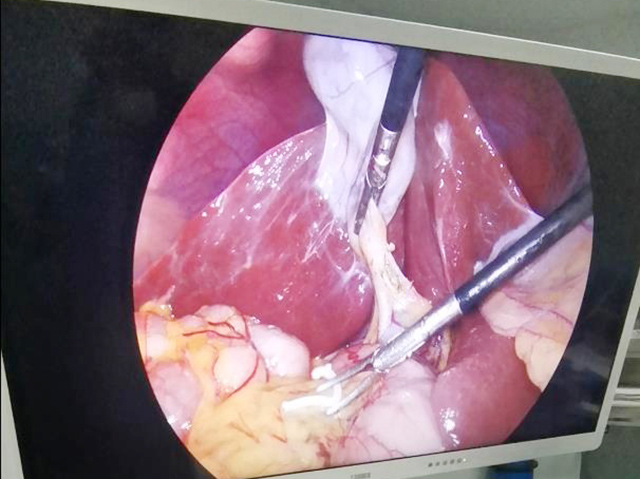

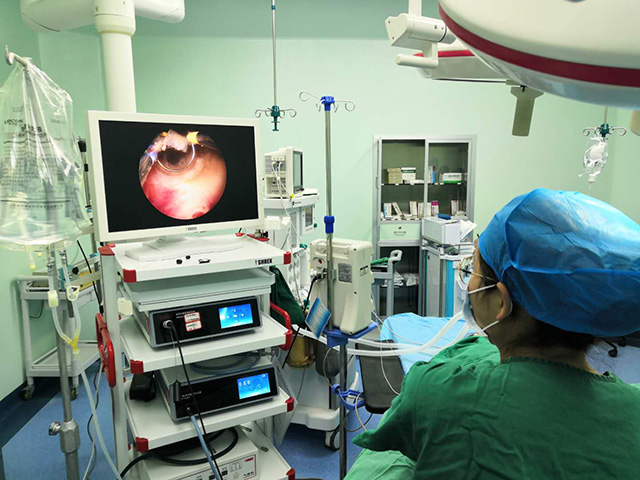
Leave A Inquiry